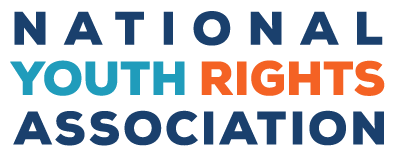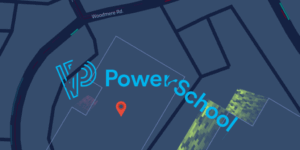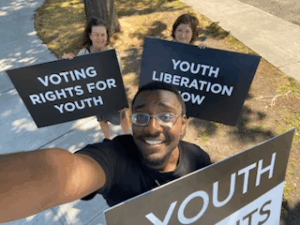COVID-19 is exposing glaring problems in American society. The rapid spread of the virus has forced all Americans to live differently – from average citizens to experienced politicians. However, as the virus continues to spread and create more issues, American students can find some solace in a return to routine – through the continuity of education on an online platform. Online education provides students access to superior educators and resources from the comfort of their own home, protecting students from the numerous problems associated with in-person education.
COVID forced college students and high schoolers off campuses all across America. Within a week, most educational institutions made the full transition from an in-person 8-hour school day to a 3-hour online session. In many instances, this transition was fairly seamless, and students quickly resumed learning. This begs the question: “Why does America place so much emphasis on in-person learning?”.
The American public education system is notoriously unfair to underprivileged communities. Public schools receive funding from property taxes, ensuring that the wealthiest neighborhoods have the best education. Many inner-city schools lack access to the level of educational privilege suburban schools receive. Online learning can potentially remedy educational inequality issues caused by poverty. Students with access to online education formats are empowered to rise above the shortcomings of an underfunded public school system. However, even online learning is not free from the dangers of inequality. Approximately 22% of homes don’t have reliable internet access. The solution here is simple: make internet access a fundamental human right.
When households do have internet connections, the resources and potential for learning are remarkable. Khan Academy, a free education platform, demonstrates the success of decentralized online education. The website reports over 100 million registered users across a dozen countries. Khan Academy supplements education, or in some cases acts as a free tutoring service for students who otherwise would not be able to afford it.
Even before COVID-19, online education was seeing increased use in the university and higher education sector. Rising tuitions force many students to pursue non-traditional educational experiences. The advent of technology allowed a wider audience to access the benefits of the internet at a lower price range. Many American universities have entered the online education market and offer online degrees and education platforms. The technology and platforms exist to facilitate similar opportunities for American high school students. Online classes for high school students can potentially drastically reduce violent crime in America’s most dangerous cities. High schools can be grounds for gang recruitment and dangerous crimes, in addition to facilitating bullying that can lead to depression, isolation, and a litany of other social problems. Online classes, either as a full-time curriculum, or a supplement to a public- school education, would prevent gangs from recruiting out of schools as easily. Online education platforms restrict in-person face-time and protect students, educators, and administrators.
Online education platforms also provide better opportunities, beyond safety, to all populations of students. Online education provides the best teachers and educators to students, even if the educators are not in a student’s district. Students with access to online education can have teachers from anywhere in the world, while most students are confined to only the educators in their public high school or district.
Another benefit of online education is that students have more flexibility to learn at their own pace. The traditional classroom model often moves too quickly for some students, leaving them behind; and too slowly for others, leaving them bored and disengaged. Online education allows students more freedom to seek help when they need it, and advance when they feel ready.
There are, of course, drawbacks to implementing an online high school education system. For example, students lose out on many of the social aspects of high school. But if educators embrace an online model, then sports and clubs normally associated with the in-person experience will be established outside of traditional school. Students can have the benefits of attending classes online while still maintaining social lives.
The COVID-19 pandemic is hopefully a once-in-a-lifetime event. The virus is a global experience, one that is shared by all people from all walks of life. The student population reckons with the changes and has adapted to the online learning platform. If there is one good thing to come out of this experience, it is the knowledge that technology, when implemented safely and correctly, can have massive positive impacts. Online education platforms serve students and protect them now, and it is my hope that schools and educators will recognize the necessity for a strong online education platform as we progress forward. COVID will force industries to change and adapt, implementing a new structure for life after the pandemic. Education should not be immune to this evolution but embrace a future where students have safe access to the best teachers from the comfort and safety of their own homes.






Online education should be an option for whoever wants/needs it. However it should not eviscerate the in-person experience b/c online learning would not be a totally suitable substitute for in-person learning in a physical classroom set-up.